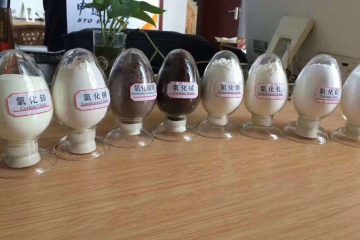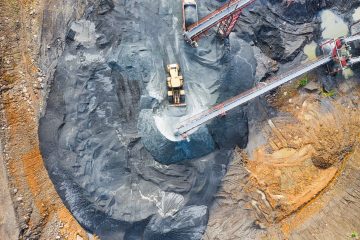
To understand why a BLDC motor is so effective, it’s important to have a good understanding of how it works. There are actually two different types, with different benefits and drawbacks. While either one will probably be effective for most jobs, you may wish to familiarize yourself with both types, just in case one would be more appropriate for your project or application than the other.
Any BLDC motor has two primary parts: the rotor, the rotating part, and the stator, the stationary part. Other important parts of the motor are the stator windings and the rotor magnets.

There are two basic BLDC motor designs: inner rotor and outer rotor design.
01.
In an outer rotor design, the windings are located in the core of the motor. The rotor magnets surround the stator windings as shown here. The rotor magnets act as an insulator, thereby reducing the rate of heat dissipation from the motor. Due to the location of the stator windings, outer rotor designs typically operate at lower duty cycles or at a lower rated current. The primary advantage of an outer rotor BLDC motor is relatively low cogging torque.
02.
In an inner rotor design, the stator windings surround the rotor and are affixed to the motor’s housing as shown here. The primary advantage of an inner rotor construction is its ability to dissipate heat. A motor’s ability to dissipate heat directly impacts its ability to produce torque. For this reason, the overwhelming majority of BLDC motors use an inner rotor design. Another advantage of an inner rotor design is lower rotor inertia.



1 Comment
Strong Neodymium magnet - KYLE MAGNET · 18/01/2018 at 12:00
[…] lifting and compressor motors […]